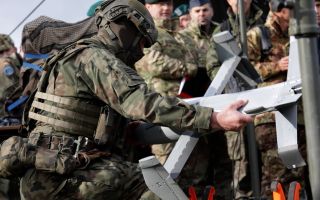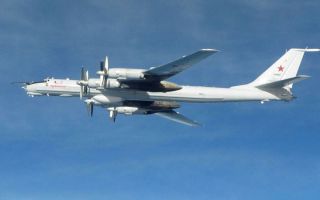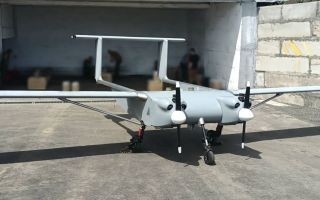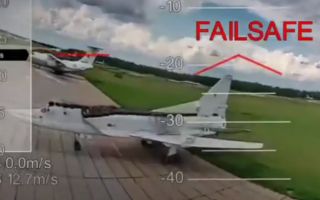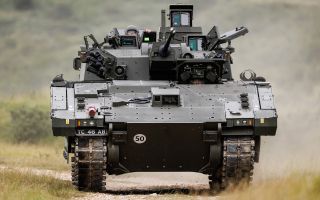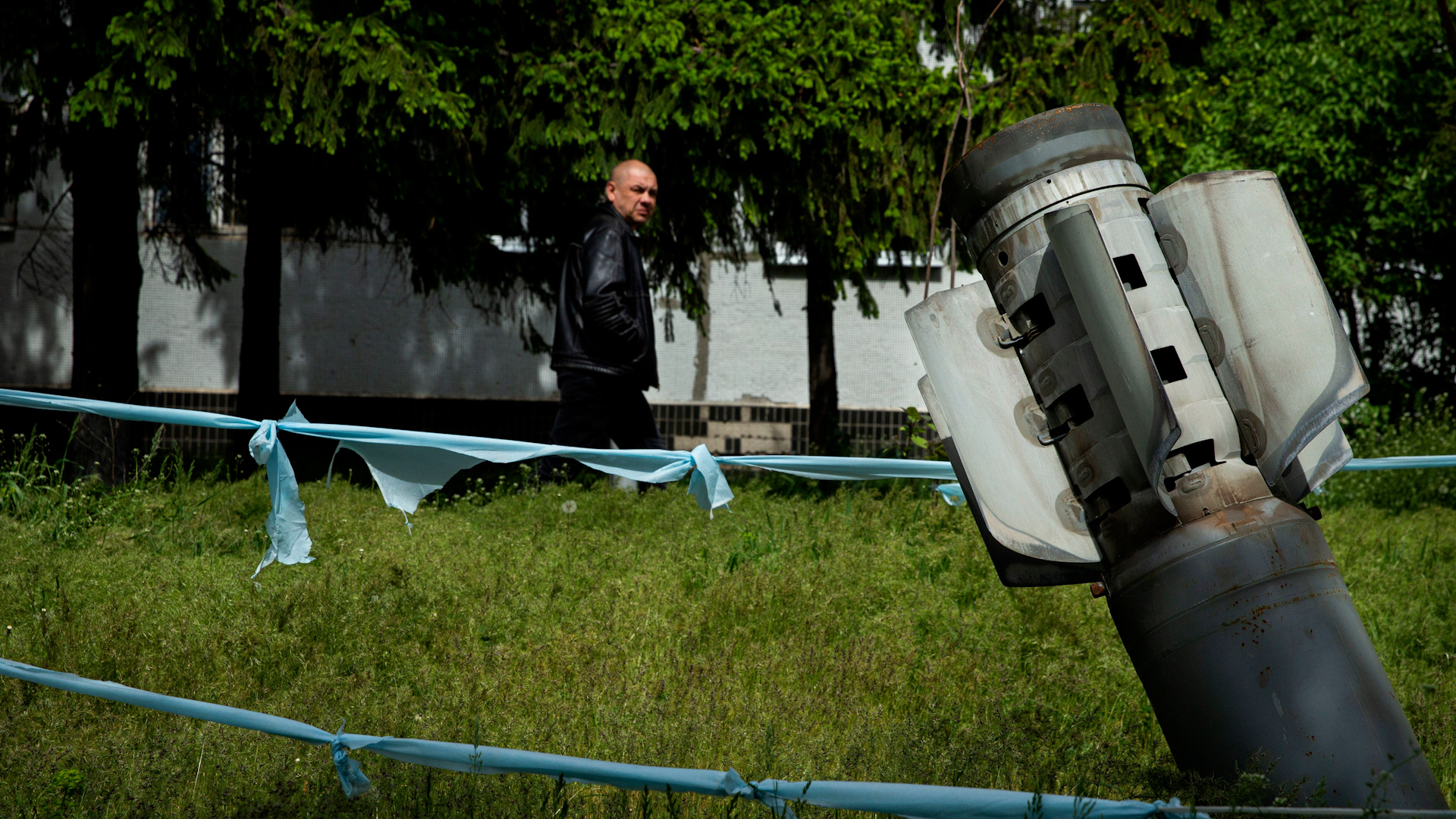
Russian air force thought to be accelerating use of cluster bombs in Ukraine

Russia is now using RBK-500 cluster bombs more frequently in Ukraine, the Ministry of Defence has said.
In its latest defence intelligence update on X, formerly known as Twitter, the MOD said the Russian air force was also using standoff glide bomb kits so they can drop the munitions several kilometres away from their target.
"Depending on the variant, each RBK-500 ejects between approximately 100 and 350 sub-munitions," the MOD pointed out.
"In turn, each sub-munition typically detonates with either hundreds of high-velocity fragments, or a single, larger anti-tank charge.
"RBK-500 are reported to have been deployed against Ukrainian forces on the Vuhledar axis and near Avdiivka, both in Donetsk Oblast."
The MOD said it was "likely" Russia was using a computer-guided glide kit with the bomb, but Russia's glide bomb kits have generally achieved poor accuracy.
"However, with its large number of sub-munitions, a single RBK-500 can cause effects over an area of several hundred metres, increasing the chance of inflicting at least some damage on the intended target," the MOD said.
Both sides have been using controversial cluster munitions during the war in Ukraine.
In July, the White House said Ukrainian forces started using US-supplied cluster munitions on the battlefield.
"They're using them appropriately. They're using them effectively and they are actually having an impact on Russia's defensive formations and Russia's defensive manoeuvring," said White House National Security Council spokesman John Kirby.
But some Nato allies, including the UK, have discouraged the use of cluster munitions, which may take the form of an air-dropped bomb or artillery shell.
An artillery cluster munition is made up of a casing containing more than 80 bomblets which are ejected at a set point in the shell's trajectory.
Each bomblet is about the size of a hand grenade and has a shaped charge that can kill infantry, but also penetrate light-skinned vehicles and has a kill zone of around 10 square metres.

